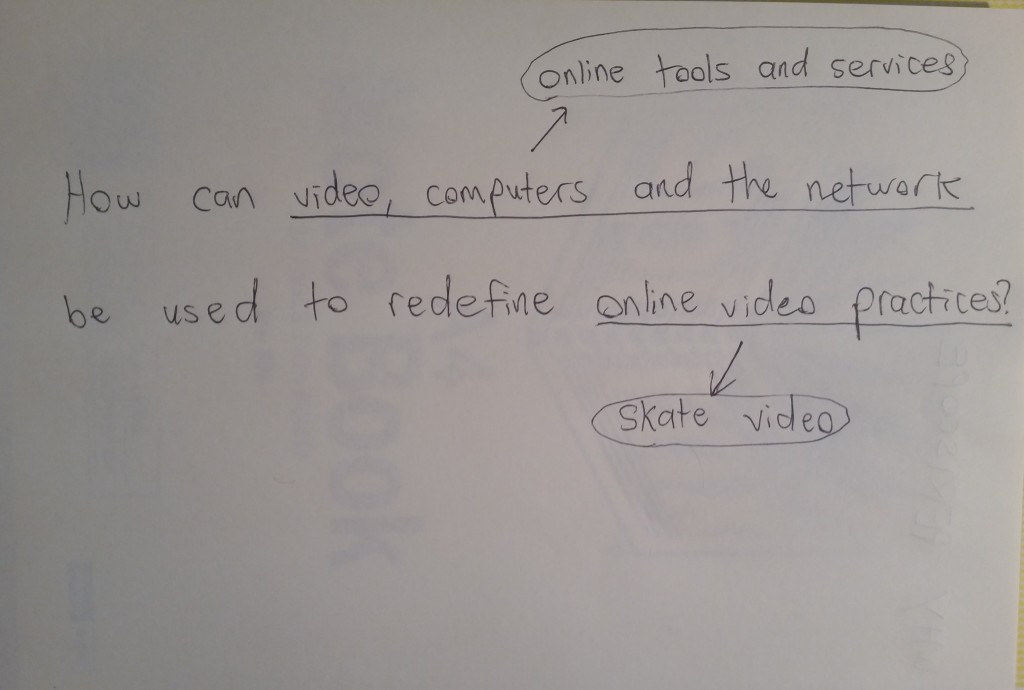One of our main areas of interest for the production of skate video, was upon live broadcasting. Also, given the relevance of the battle between Meerkat and Periscope in current media affairs, we were particularly interested in experimenting with these applications and comparing the potential effects to skate video. Unfortunately, due to Errol’s incompatible iPhone software and my ownership of an android phone (which Meerkat and Periscope have not been released for yet) we were unable to use either of these softwares.
After researching for potential alternatives, I discovered there existed an android application called Tarsii, which was designed to be a direct copy of Meerkat. However a key difference I noticed in my research of Meerkat is that it only displays a live broadcast of video, without the option for material to be re-watched later. However Tarsii allows the user to save a stream for either 24 hours or forever. These are important constraints meaning that my analysis of skate video produced through Tarsii is only relevant to the Tarsii application itself. Although just to provide an element of popularity and current affair, associations can be drawn between Tarsii and Meerkat during the analysis. In addition, possibly due to the applications connection with Twitter, a lag is experienced when beginning the stream (and it is difficult to decipher how long the lag occurs for) meaning that the beginning of the skate sequence wasn’t actually captured initially. This required us to go back and re-film the sketch, attempting to allow more time for lag whilst still starting the sequence promptly. After reviewing our second attempts we noticed the issue occurred again, however not as badly. Instead of shooting the sketch again we decided that this served as a constraint that was useful for the discussion of the sketch in the associated reflection.
In regards to Periscope, the supposed android copy is called Stre.am and again similar to the previous contrast, Stre.am (unlike Periscope) doesn’t allow the user to re-watch content. This posed difficulties in the capturing of our sketch as Stre.am was strictly a mobile phone device and due to our inability to screen capture my mobile phone, we were limited to the stream being displayed once and one time only. To manage this issue, we ended up positioning a camera on a tripod filming the mobile phone display of one phone as it received a live stream from another phone. The streaming phone was used to capture Errol performing the sequence of skate tricks in real time as the content was being viewed by the camera on the tripod. Due to the strain of network connections between the devices involved in this process, this sketch became one of trial and error, as well as accurate timing to capture systematically.

